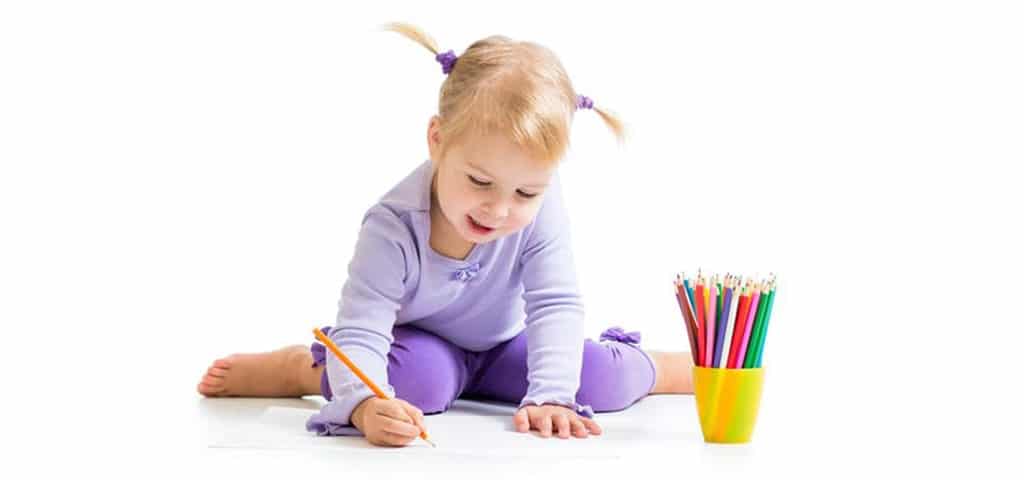Orthopedic problems in children are common. As time passes, one may notice that your child’s growth isn’t completely on the straight and narrow. As kids grow, some of these conditions correct themselves without treatment. Others don’t or become more severe because of other medical conditions.
Some of the deformities include:
- Bow legs
- Flat feet
- Knock knees
- Funny walking
- Internal rotation of limb
- Delay in walking
The above are the common complaints the parents have Orthopedic problems in children.
PARENT’S ASPIRATIONS:
Every parent aspires to see their child to be a doctor,engineer,police officer or to join the army one day .The in-laws and the relatives will comment about the child and exaggerate the problem and accuse the poor mother for the child’s condition.This pathetic situation will put the parents into the trouble thinking about their future.
INTOEING WALKING:
Occasionally, toe walking should not be cause for concern, but kids who walk on their toes almost all the time and continue to do so after age 3 should see a doctor. This makes the parents raise the question whether it will cause the child the permanent disability or the condition will interfere with child’s physical performance.
The common cause for this increase in the angle of forefeet (metatarsus adductus), increased tibial torsion(leg bone twisted internally) and increased femoral anteversion(increase in the angle of neck of thigh bone more towards the front) are often due to the children sitting in the W-shaped position and will never sit in the cross-legged position.These minor issues need not be treated .The only thing the parent have to do is to see the child does not sit in the W position. In the mean time intoeing will improve and assurance of parents will suffice.
THE LIMPING CHILD:
Limping:
Limping is common in children and it becomes a diagnostic challenge for the orthopaedic surgeon (surgeon who has been educated and trained in the diagnosis and preoperative, operative, and postoperative treatment of diseases and injuries of the musculoskeletal system.)
Commonly affected age group:
It is common for children between the age group of 1 and half years to 2 and half years. They are more prone to this because they could often fall. This fall may sustain contusion around the hip , knee or leg. This may also cause some hairline crack in leg bones.
This becomes an adverse condition when their parents did not notice the fall and if the child did not express the pain or give the history of fall.
A painless and painful limp can be caused by myriad conditions,with the differential diagnosis ranging from the benign (example: an unrecognized thorn or splinter in the foot) to the serious (example: infection in the joints and bones).
BOW LEGS:(GENU VARUM)
Bow legs are extremely common in paediatric deformity and parents seek evaluation even though it is rarely symptomatic in the age group (younger than two years) in which it is common.
There are different categories in this. They are given below
Categories:
- Physiologic bow legs (genu varum)
- Tibial vara
- Rickets
Among these physiologic bow legs is more common
Physiologic genu varum (bow legs):
Physiologic genu varum resolves spontaneously within 24 months . Parents are assured that the condition is usually self-correcting but reevaluation with X-rays may the warranted if the varus deformity persists or progresses beyond 24 months old.
KNOCK KNEES:(GENU VALGUM):
Prone age group:
The maximal amount of physiologic valgus occurs between the ages of 2 and 4, especially in children who are obese.
Symptoms:
This may be associated with flat feet. This symptom is seen in this deformity.
Healing period:
Same as that of Physiologic genu varum, this genu valgus also gets corrected gradually by 4 years only parents are reassured but the children must be kept under observation.
Also Read: Fractures In Children | Bone Fractures

